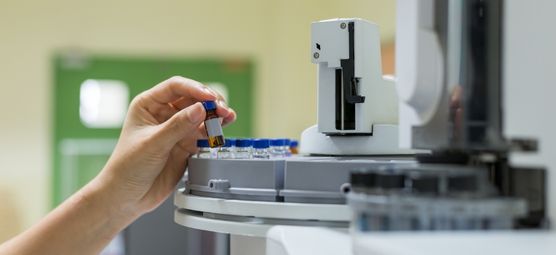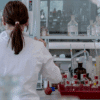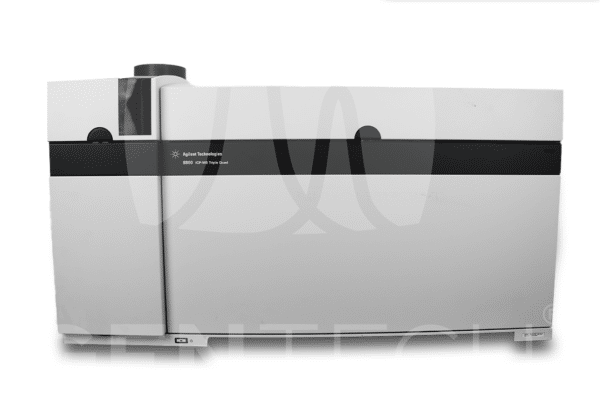Mass spectrometry advances scientific research: Mass spectrometry is one of the most common methods of molecular analysis in scientific research today. In our guide, we’ll briefly explain mass spectrometry and how the technology is helping to advance scientific research with its accuracy and versatility.
What Is Mass Spectrometry?
First, before we get into mass spectrometry and the advantages it affords scientific research, we’ll give a brief description of the method. Mass spectrometry is an analytical tool that measures a sample’s mass-to-charge ratio of one or more molecular compounds.
With this mass-to-charge ratio data, researchers can determine the exact molecular weight of the compounds in the sample and thus use that data to identify unknown compounds or quantify known compounds. Mass spectrometry is an increasingly popular and effective analysis technique in multiple research fields.
How Mass Spectrometry Advances Scientific Research
Sensitive and Accurate Technique
The primary way that mass spectrometry advances scientific research is by being a far more accurate and sensitive technique for compound identification and quantification. Obviously, researchers need their tools and techniques to be accurate, and mass spectrometry is more sensitive (parts per million) than almost any other technique.
Whether for toxicology or protein analysis, mass spectrometry distinguishes itself as the most sensitive technique when it comes to identifying or quantifying unknown compounds in a chemical sample. One of the reasons it’s so accurate is because mass spectrometry features less background interference and is performed in a vacuum.
Numerous Applications
Mass spectrometry also helps scientific research by being so customizable and applicable to so many areas of study. Some of the most prominent areas of study where mass spectrometry is frequently applied include:
- Metabolomics
- Proteomics
- Environmental analysis
- Pharmaceutical analysis
- Forensic analysis
Mass spectrometers are highly customizable and are capable in directed or non-directed fashion, as well as in positive or negative mode. Mass spectrometry is typically the best method for identification and quantification, whatever the setting and the molecule.
Qualitative and Quantitative Analysis
As mentioned, mass spectrometry allows researchers to conduct quantitative and qualitative analyses. Many methods of analysis are one or the other proposition, but mass spectrometry is distinguished for its sensitive accuracy in either method of analysis.
It’s one of the many reasons that mass spectrometry is ubiquitous in numerous applications; it’s one of the most sensitive methods of analysis to identify and measure molecules in a sample in nearly any setting.
We hope you’re more familiar now with mass spectrometry and its effect on scientific research. Mass spectrometry is likely to become even more pervasive in scientific research in the future. If you need a mass spectrometer, GenTech Scientific has a vast inventory of mass spectrometers for sale, as well as a team of experts to answer any questions you may have about the equipment.
More Resources:
- An Overview of Common Applications for Mass Spectrometry (Infographic)







